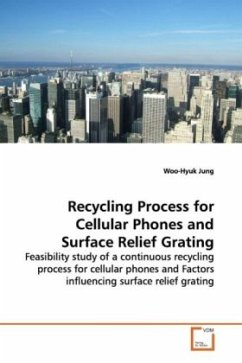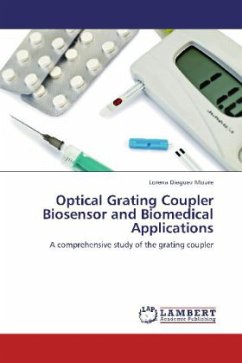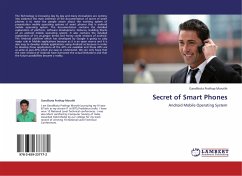Cellular phone housing was ground to make original
particulates using knife mill. Foams and adhesives
with the lighter density than water were removed
using sink-float process in water, and residual
metals and wires were separated from desired
materials composed of 7 thermoplastics using the
sink-float process in salt. Improved impact strength
and high tensile strength of the polymer mixture were
achieved by adding glycidyl methacrylate by reactive
process.
Aniline-based azopolymers were synthesized with
N,N-diglycidyl aniline and aniline reacted with amino
benzonitrile or nitroaniline by azo coupling
reactions. The precursors of epoxy-based azopolymers
synthesized with diglycidyl ether of bisphenol A and
aniline or 3-hydroxyl aniline were coupled with
hydroxyl nitroaminobenzene. Polyurethane-based
azopolymers synthesized by the reaction of
toluene-2,4-diisocyanate with disperse orange 17
showed better diffractive efficiency than the epoxy-
or aniline-based azopolymers with nitro group
substituents.
particulates using knife mill. Foams and adhesives
with the lighter density than water were removed
using sink-float process in water, and residual
metals and wires were separated from desired
materials composed of 7 thermoplastics using the
sink-float process in salt. Improved impact strength
and high tensile strength of the polymer mixture were
achieved by adding glycidyl methacrylate by reactive
process.
Aniline-based azopolymers were synthesized with
N,N-diglycidyl aniline and aniline reacted with amino
benzonitrile or nitroaniline by azo coupling
reactions. The precursors of epoxy-based azopolymers
synthesized with diglycidyl ether of bisphenol A and
aniline or 3-hydroxyl aniline were coupled with
hydroxyl nitroaminobenzene. Polyurethane-based
azopolymers synthesized by the reaction of
toluene-2,4-diisocyanate with disperse orange 17
showed better diffractive efficiency than the epoxy-
or aniline-based azopolymers with nitro group
substituents.








